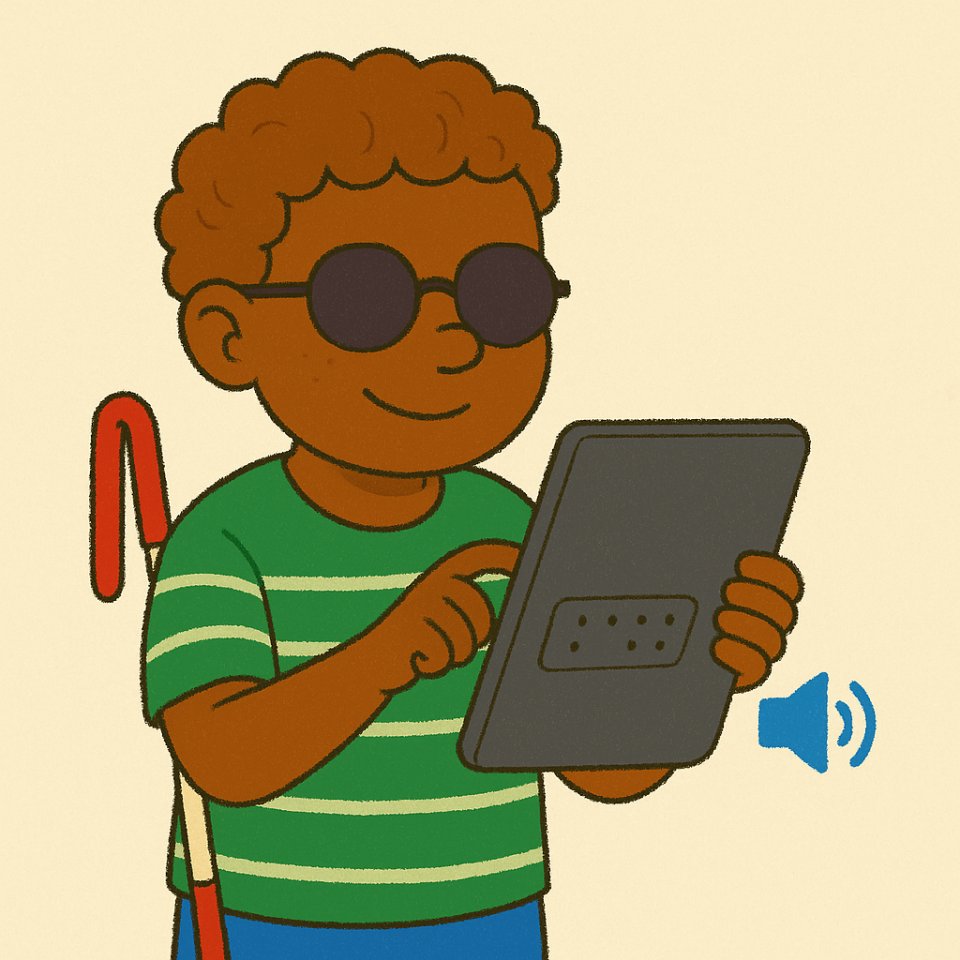While all young people are exposed to online risks, children with Special Educational Needs and Disabilities (SEND) may experience these risks in different ways. Understanding these unique vulnerabilities is essential for schools aiming to provide effective and responsive safeguarding. To understand how risks can present themselves, schools can refer to the four Cs model which is a helpful guide.
The Four C’s Model
Contact
Who they interact with
Conduct
How they behave
Content
What they see
Commerce
What they may be targeted by financially
Each of these areas presents specific challenges for SEND students. For instance, they may have difficulty interpreting the intentions of those they engage with online, making them more susceptible to harms such as grooming or manipulation.
Cognitive differences may affect how SEND students perceive and assess risks. Abstract concepts like online privacy or digital permanence can be difficult to grasp. This can then lead to behaviours such as oversharing personal information or failing to recognise inappropriate interactions.
Understanding the Barriers
1. Communication Barriers
Pupils with limited verbal skills may find it hard to report troubling experiences or may not fully understand the nuances of digital communication. This puts them at risk of being misunderstood or overlooked when disclosing harm.
2. Social Vulnerability
Many SEND students crave social acceptance and may turn to online spaces to connect with peers. Unfortunately (as with other children) this can make them targets for online harms such as cyberbullying or exploitation. The anonymity of the internet even can embolden harmful actors who specifically target vulnerable users.
3. Routine Dependence
Changes to online platforms or safety protocols can create distress, especially if the child relies on a particular site or app as part of their daily routine.
Tailoring Your Approach
Understanding these risk factors helps DSLs and teaching staff take a proactive and empathetic approach. Risk assessments should consider each child’s individual needs, digital habits, and existing vulnerabilities. Schools should work closely with families and other professionals to build a complete picture and tailor interventions accordingly.
Ultimately, recognising that SEND students often require a more nuanced and personalised approach to online safety is the first step toward protecting and empowering them in digital spaces.






